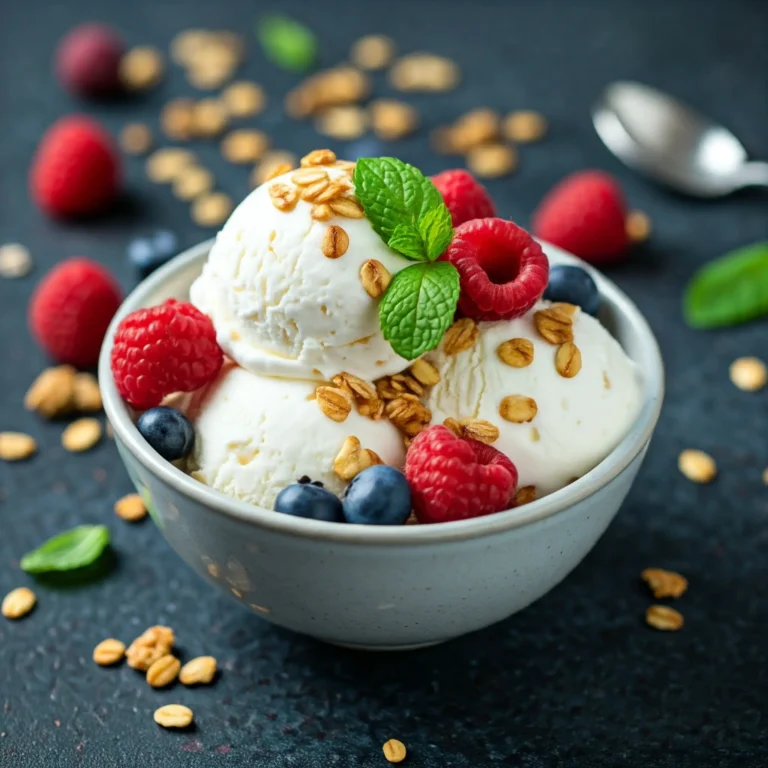Bubs Calories: A Comprehensive Guide to Understanding Nutrition
In the bustling world of parenting, every decision regarding your child’s health can feel monumental. Imagine you’re at a family gathering, and your little one refuses to eat anything other than their favorite snack—those colorful, puffy “bub” treats. You can’t help but wonder, how many calories are in these tiny bites of joy? Understanding bubs calories is essential for ensuring that your child is getting the right nutrients while still enjoying their favorite foods. In this article, we’ll dive deep into the calorie content of bubs and why it matters for your child’s nutrition.
What Are Bubs?
Bubs, often referring to puffy snacks aimed at young children, come in various shapes, sizes, and flavors. These snacks are designed to be easy to chew and digest, making them a popular choice for parents. However, understanding the calorie content is crucial for maintaining a balanced diet for your child.
The Importance of Understanding Bubs Calories
Understanding bubs calories isn’t just about counting numbers; it’s about fostering a healthy relationship with food. According to nutritionists, young children require a specific balance of calories to support their growth and development. In fact, the American Academy of Pediatrics suggests that the average toddler needs between 1,000 and 1,400 calories a day, depending on their age, activity level, and growth stage .
How Many Calories Are in Bubs?
When considering the calorie content of bubs, it’s essential to look at the serving size. Typically, a serving of bubs contains around 50-100 calories, depending on the brand and ingredients used.
| Snack Type | Average Calories per Serving |
| Puff Snacks | 50-70 calories |
| Baked Bubs | 70-100 calories |
| Sweetened Bubs | 80-120 calories |
Nutritional Value of Bubs
In addition to calories, it’s crucial to consider the nutritional value. Many bubs snacks are fortified with vitamins and minerals, making them more than just empty calories. Look for options that provide:
- Protein: Helps in growth and muscle development.
- Fiber: Aids in digestion and keeps your child feeling full.
- Vitamins and Minerals: Essential for overall health and immunity.
Key Takeaways:
- Bubs provide essential calories but check serving sizes.
- Nutritional value is important; choose bubs that offer protein and fiber.
- Healthy snacks can foster a positive relationship with food.
- Balance bubs with other nutritious foods for a well-rounded diet.
Tips for Choosing the Right Bubs
- Read the Labels: Always check the nutrition label to understand what you’re giving your child.
- Choose Whole Grain: Opt for bubs made with whole grains for added nutrients.
- Limit Sugary Options: Select bubs with lower sugar content to avoid empty calories.
FAQs About Bubs Calories
Yes, when consumed in moderation and paired with other nutritious foods, bubs can be a healthy snack option.
Bubs should be treated as an occasional snack rather than a daily staple, allowing for a variety of foods in their diet.
Yes, consider options like fruit slices, yogurt, or whole-grain crackers for added nutrients without excess calories.
Incorporate bubs into a balanced diet by ensuring that other meals include a variety of fruits, vegetables, and proteins.
Conclusion
Understanding bubs calories is vital for nurturing your child’s health and well-being. By being informed and making mindful choices, you can help your little ones enjoy their favorite snacks while still meeting their nutritional needs. So, next time you’re in the snack aisle, you’ll feel confident about choosing the right bubs for your family.

![Image description: A variety of colorful snack options for children, showcasing healthy and fun food choices.]](https://www.guidecalorie.com/wp-content/uploads/2024/10/Gemini_Generated_Image_8vw37z8vw37z8vw3-1.webp)

![[A close-up photo of a Costco hot dog in a bun, placed next to a nutrition label showing calorie and fat content.]](https://www.guidecalorie.com/wp-content/uploads/2024/10/Gemini_Generated_Image_k5359uk5359uk535-1-768x768.webp)

![[A bowl of creamy mac and cheese with golden, baked breadcrumbs on top. The image should highlight a fit, balanced meal that looks indulgent but is packed with nutrition. Alt text: Low-calorie, high-protein mac and cheese in a bowl.]](https://www.guidecalorie.com/wp-content/uploads/2024/10/DALL%C2%B7E-2024-10-12-14.45.45-A-bowl-of-creamy-mac-and-cheese-topped-with-golden-baked-breadcrumbs.-The-dish-appears-indulgent-yet-balanced-with-a-rich-and-smooth-sauce-coating-t-1-768x768.webp)

![[Image: A side-by-side comparison of different beverages with their calorie counts.]](https://www.guidecalorie.com/wp-content/uploads/2024/10/Gemini_Generated_Image_ijkiulijkiulijki-1-768x768.webp)